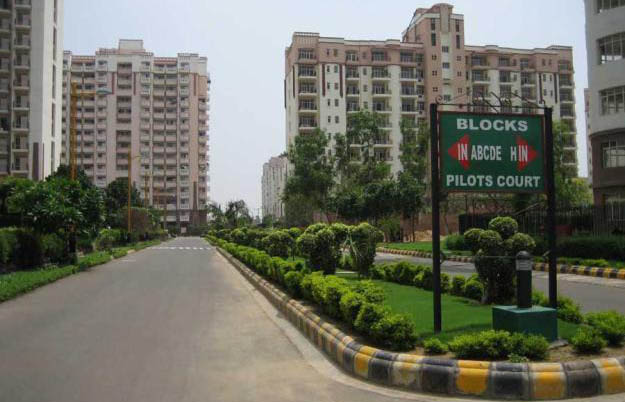3rd of the series of report
 Indian buyers usually pay for apartments before construction has been completed. Many buyers do not take out mortgage loans (the ratio of housing loans to GDP is less than 5% in India).
Indian buyers usually pay for apartments before construction has been completed. Many buyers do not take out mortgage loans (the ratio of housing loans to GDP is less than 5% in India).
There are two main payment options. Lump-sum payment mode: buyers pay up to 95% of cost of the unit, and construction-linked payment mode: buyers pay at different stages of construction.
Despite the financial sector reforms since 1991, the expansion of the mortgage market has been held back by problems. Banks prefer to lend to middle and high-income sectors, leaving limited financing options for low-income individuals. The government has a huge influence on major domestic banks, discouraging initiative. There’s no proper legal framework for foreclosures. There are rampant titling problems.
The loan to value (LTV) of most Indian home loans is 85%. Recently, LTVs were reduced to 75% at LIC Housing Finance, and 80% at the Housing Finance Development Corporation (HDFC), two major housing finance institutions. Other financing institutions seem likely to follow suit if house prices continue to decline.
Yields are low in India
The most negative indicator for India’s market is that residential yields are very low. The Global Property Guide believes that, on balance, that good capital gains are much more likely in high yielding markets, than in housing markets with low yields.
Monthly rents in Mumbai are expensive, at US$8,000 to US$11,500 per month, and yet yields are poor at 3.5% to 4.6%. Rents in Delhi are cheaper at US$2,000 to US$3,000 per month, but yields are also low, at 2.9% to 4%. Annual yields in Bangalore are relatively higher than Delhi and Mumbai, at an average of 4.6%.
The Indian rental market is hindered by problematic socialist laws protecting tenants. The laws are generally poorly conceived and ineffective, making implementation difficult. Although these laws are gradually being replaced by more market-oriented laws, the rental market’s full potential is yet to be realized.
Cities with rent controls generate lower yields. Mumbai rents in houses with sitting tenants are frozen at their 1947 levels, due to the Maharashtra Rent Act of 1999, an extension of the Bombay Rent Control Act of 1947. Delhi also has rent controls.





